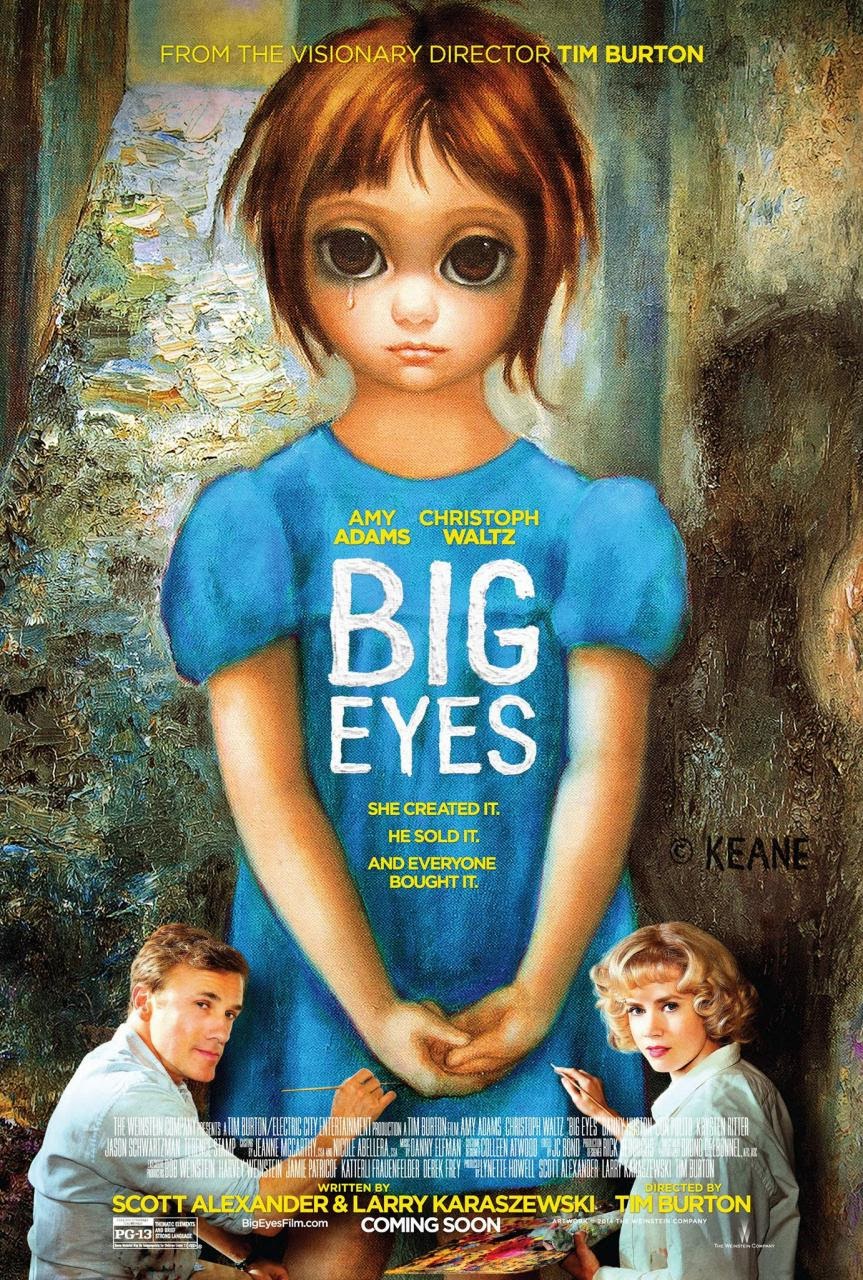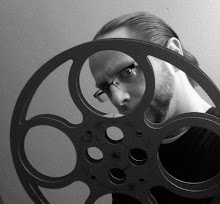Tim Burton’s
BIG EYES is the stylistic director’s first attempt at true cinema in a long
time. It is based on a true story, and lacks his common crutches of
heavy-handed CGI, cartoonish characters, and a specific genre such as sci-fi,
horror, or fantasy. It is based on a premise that is so bizarre it has to be
true, which gives Burton and his knack for oddity a fine stage to play in.
Margaret
Keane (Amy Adams) is a struggling single-mom artist in the 1950’s; a time when
women-artists are ignored and female independence is discouraged. She meets and
marries Walter (Christoph Waltz), who puts his name on her work and launches a
million-dollar industry.
BIG EYES is
a film which takes full advantage of the time that it is set in. Covering a
period of a decade or so starting in the late 1950’s, it begins as a look at
male dominance over submissive females. Margaret struggles to get any of her
work recognized…the very same work which flies off the shelves once a man’s
name is attached. This is a situation which Walter takes full advantage of, and
from that point BIG EYES shifts to Margaret’s movie-long journey of finding the
courage to tell the truth. It’s a subtle battle of good vs. evil with a character
in the middle.
For as
simple as the premise sounds, director Tim Burton still manages to weave a
complex tale exploring art, the artist, and the industry. Exactly what-is-art
and who gets to say if it is or not is territory that Burton has walked through
before, but here it is much better realized than ever. Around the third act an
art critic proudly states “art should elevate, not pander”. It is a concept
that the film embraces both sides of; Walter seeks to pander for profit while
Margaret looks to create for fulfillment. It’s not only good vs. evil, but also
art vs. profit.
Despite the
complex themes the script that Burton is working with is very light on
character. It hits all the right points but lets them hang without delving very
deep. For the most part it works although not many tears will be shed for the
timid and hurting Margaret, nor will there be much hatred towards Walter…who
should be more despicable than he comes off (more on that in a minute…). In the
meantime, Burton has lensed a beautiful looking
movie with an explosion of color from the era. Characters look great in their
surroundings and the 1950’s have never looked better. Danny Elfman’s score
starts off strong but eventually vanishes.
Amy Adams
does very well with the material she is given to work with. Again, the script
is light but the character is salvaged by Adams’ own
skill in going deep. Christoph Waltz plays the part of Walter as an
over-the-top, flamboyant used-car-salesman with a touch of a moustache-twirling
villain. He is very entertaining but the hammy performance takes away from the
hatred we should feel towards the character…a character who is essentially a
liar and a thief who preys upon the helpless. It’s a minor annoyance but far
from a movie-breaker, and it’s unclear if Waltz or Burton is to blame. Terence
Stamp appears as the critic who hates the Keane’s artwork no matter who painted
it and turns in a show-stealing performance, while Jason Schwartzman, as a
snooty art dealer, amounts to an extended cameo.
A climatic
court-room battle to decide exactly who is the artist behind the paintings ends
in bizarre fashion, but it works well because that’s exactly how it really
happened. The true story behind BIG EYES is barely a blip in history, but Tim
Burton has taken that blip and made it noticeable by finding the human element
and sticking with it. BIG EYES is all about the power of creativity and it shows.
BOTTOM LINE:
See it







